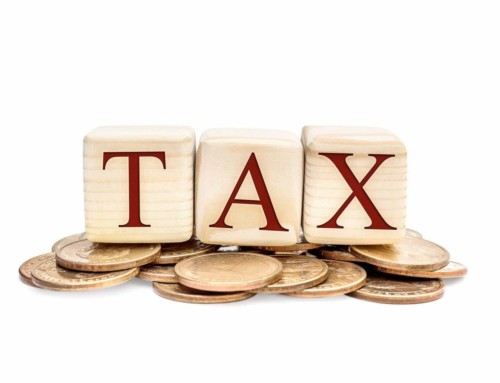US Job Market
Since the start of the April 2013 we have witnessed the South African All Share Index lose 3.43%. This dip started when the US job market only added 88 000 new jobs in March after February had a 268 000 payrolls gain. The reaction to this news at the start of April was exaggerated as market participators feared that the weak figures were the beginning of a trend due to the spending cuts imposed by the US government at the beginning of March.
Upon further investigation, however, the Economists have noted that there does not appear to be a direct link between the spending cuts and the weakness in payroll growth as the weakness was not confined to sectors expected to be hit hard by the budget cuts.
Chinese GDP
Probably the largest knock that the local market took was when the Chinese GDP growth came in below forecast. Market expectations had been for the Chinese GDP growth figures to come in at 8% but the first quarter of 2013 delivered an annual growth rate of 7.7%. This was in large part due to industrial production being weaker than expected which lowered consensus market forecasts for the year.
With growth projections for the second largest economy lowered the outlook for global growth deteriorated.
Gold Price
The lower than expected Chinese GDP data sparked an initial selloff in the precious metal which was quickly intensified by the possibility of Cyprus selling off its 14 tonnes gold reserves to fund its part of the IMF-EU bailout plan.
This set the scene for the largest single day selloff in gold since 1983 with the gold price dropping by as much as 10.9% during Monday 15 April when compared to Friday the 12th.
Investors who held gold as a hedge against inflation were also prone to dumping the yellow metal as the inflation outlook for the year is predominantly flat based on American and Chinese data.
Currency
The Rand has been on a rollercoaster this month with the currency starting the month at R9.20 to the Dollar. Following further easing by the Bank of Japan to kick-start their economy after decades of deflation and the weak payroll figures from the US, there was a downward pressure on the yields of safe-haven assets. This spurred a resurgence for the search for yield and propped up demand for the Rand.
On Monday 8 April foreigners bought in excess of R 1.8 billion South African bonds. This drove the exchange rate to below R 8.87 to the Dollar. The strength in the Rand was however short-lived as the Chinese GDP data came out 3 days later to change sentiment firmly back to risk-off. This meant that Emerging Market currencies and the Rand fell out of favour which has placed the Rand on a weakening trend back to the current levels of around R 9.20.
Local Markets
April has not been kind to the South African equity market with the All Share Index down 2.81%. This negative performance was experienced across the sectors but with Resources losing 8.89%.
We need to emphasise to our investors that the past year has been marked by unexpectedly low volatility. The chart below indicates the downward trend in the volatility of the S&P500 we have experienced over the last 12 months and the low levels we have enjoyed relative to those we experienced during 2008. When a period of low volatility abates the shock to investors is usually exaggerated.
With this in mind we would like to re-assure our investors that we are still confident in the positioning of our portfolios and that we believe that the portfolio managers to whom we entrust our clients money are more than capable of navigating the markets ahead. By noting all the different movements of the different asset classes and sectors it is easy to highlight the benefits of a well diversified portfolio, especially when it comes to managing the volatility of returns.
Should any client be concerned with the performance or positioning of their portfolio we invite you to contact us to discuss your concerns.







